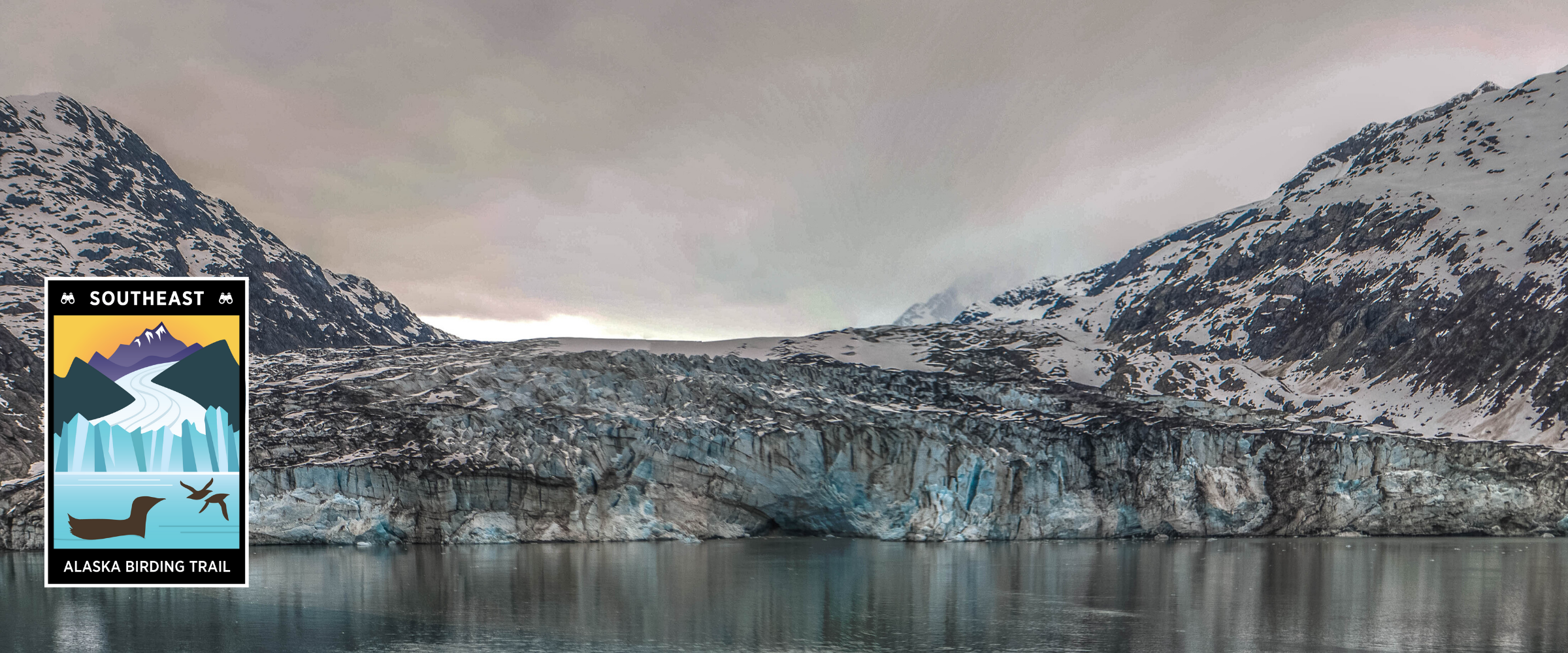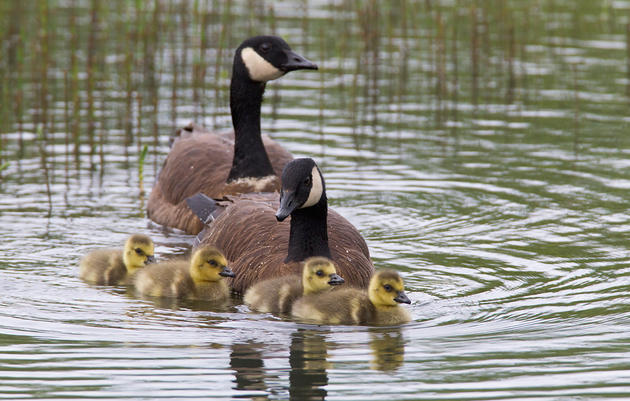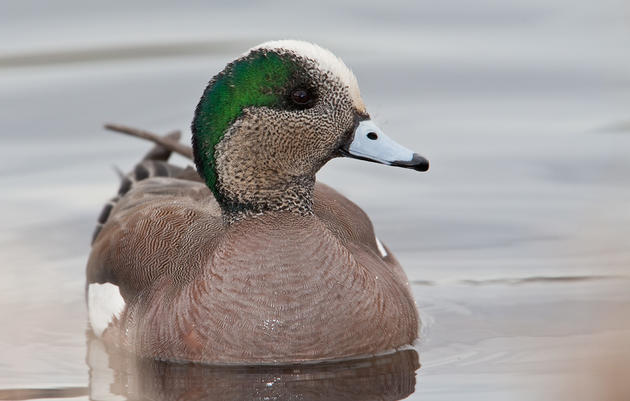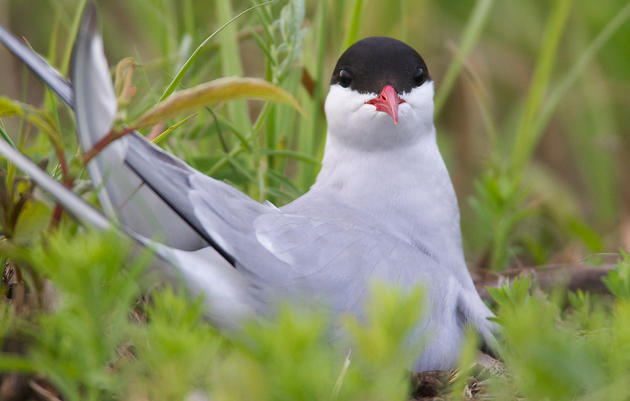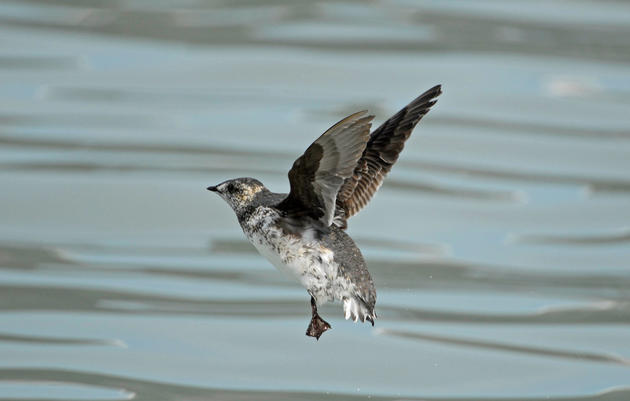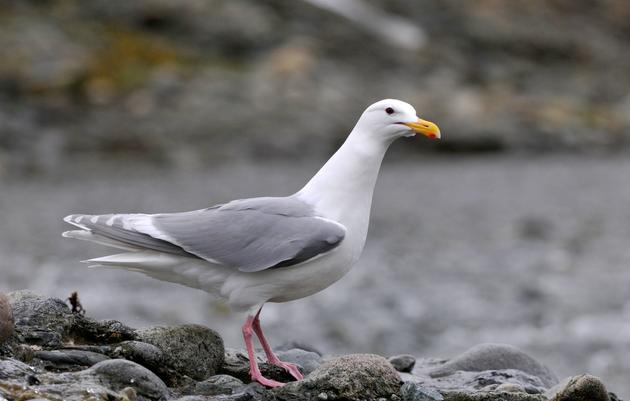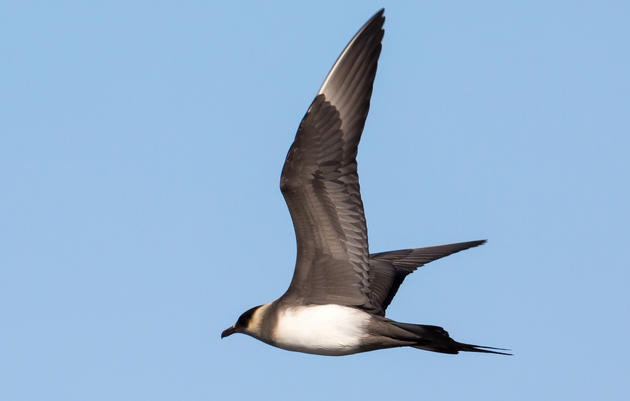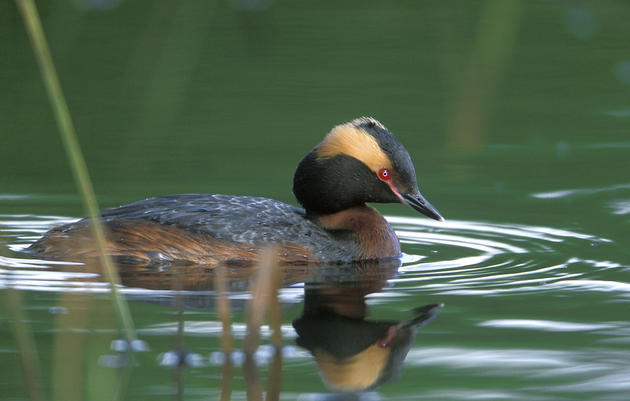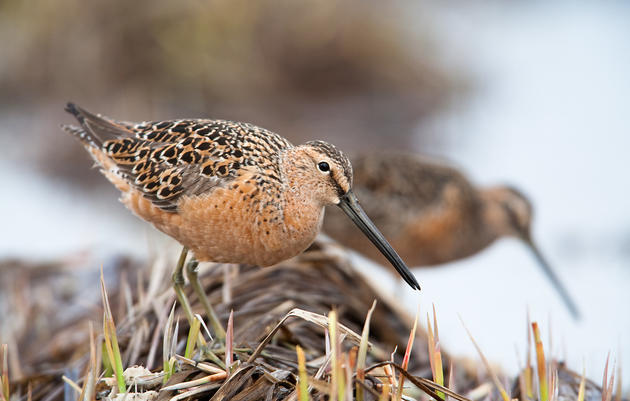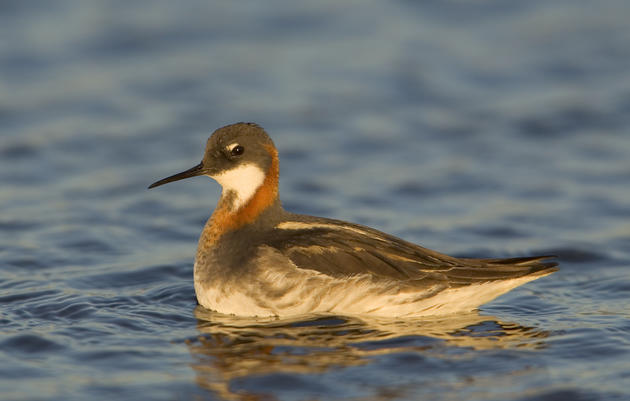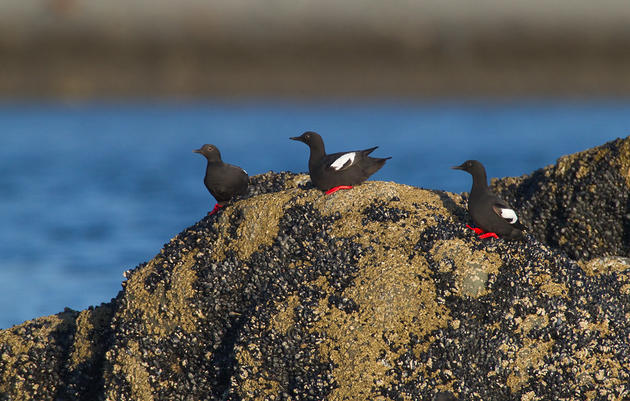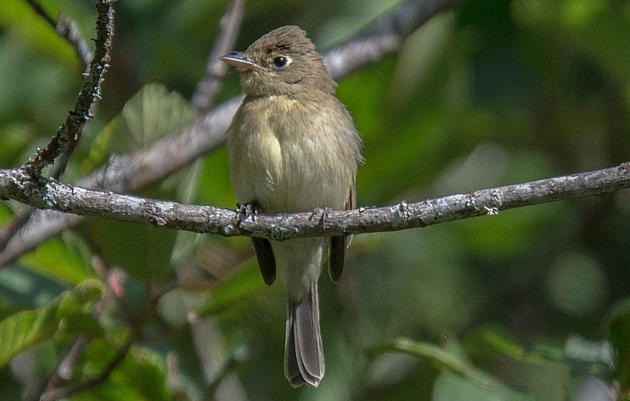<<Back to Southeast Alaska Birding Trail Homepage
Gustavus, the gateway to Glacier Bay National Park and Preserve, is surrounded by immense wilderness. The National Park, with over 2.7 million acres of designated Wilderness Area, is adjacent to even more extensive wilderness areas to the north of Glacier Bay in Canada. This area offers numerous fjords, islands, active tidewater glaciers, and deglaciation that are constantly changing the landscape and creating new habitats for plants and wildlife.
This landscape is rich with birdlife including seabirds, shorebirds, and waterfowl. There are over 281 species of birds documented in the area, including 56 to 80 wintering species. Glacier Bay is known to support as much as 20% of the global population of Kittlitz’s Murrelet, with recently deglaciated areas providing important nesting habitats. Marbled Murrelets are common within the Glacier Bay area as are Harlequin Duck, Barrow’s Goldeneye, Common Loon, Pacific Loon, Red-throated Loon, and Tufted Puffin along with a wide diversity of shorebirds, waterbirds, and waterfowl during spring and fall migrations.
Download the Southeast Alaska Birding Trail mobile app from the Apple App Store or Google Play.
General Area Overview and Information Sources:
- Gustavus Visitors Association
- Complete Guide to Gustavus and Glacier Bay
- City of Gustavus
- SEARHC: Gustavus Medical Clinic
Birding and Wildlife Resources:
- Gustavus Birding Checklist
- eBird: Skagway-Hoonah-Angoon
- National Park Service - Glacier Bay National Park and Preserve
- National Park Service - Glacier Bay Bird Watching
- National Park Service - Glacier Bay Birds
- National Park Service - Seabirds in Glacier Bay
- National Park Service - Glacier Bay Christmas Bird Count
- National Audubon Society: Glacier Bay
- Alaska Department of Fish and Game: Wildlife Viewing
Birding Trail Map for Gustavus (click on site names for details).
Sites in Gustavus
Airport Loop
The mixture of woodlands and open areas makes for great birding opportunity.
Bartlett Cove
Start at the visitor center to learn how best to access and explore this area.
Bartlett River Mouth
A spring and fall concentration area for migrating shorebirds and waterbirds.
Bartlett River Trail
The forest is a good spot to see a wide variety of passerines
Beardslee Islands
The best way to explore the Beardslee’s is by sea kayak.
Glacier Bay
The National Park offers a ranger-guided boat tour through Glacier Bay.
Gustavus Dock
An easy birding experience is to visit the town dock and look out toward the waters of Icy Strait.
Gustavus Forelands
An important wetland habitat for wildlife including migratory waterfowl, shorebirds, and sandhill cranes.
Gustavus Town Center
The Salmon River runs through town and is a good spot for birding.
Johns Hopkins Inlet
A good spot to look for Kittlitz’s Murrlets is near Lamplugh Glacier.
Lake Gustavus
A good birding spot for both waterfowl and passerines.
Margerie Glacier
The glacier disturbs small fish and marine animals, creating feeding opportunities for seabirds.
Mouth of Glacier Bay
Exploring this area is most often done by boat with either a tour/charter boat or cruise ship
Nagoonberry Loop Trail
The trail travels through younger successional habitat types open meadows and beaches.
Point Gustavus
Get an early start and plan for a full day and an approximate 12 mile round-trip hike.
Salmon River
Watch for Western Sandpiper, Black-bellied Plover, Whimbrels Dunlin, and Short-billed/Long-billed Dowitcher.
Sebree Island Area
Sebree Island is popular spot for drop-off sea kayaking and overnight camping.
Sitakaday Narrows
Concentrated tidal exchange and fast waters current make this area less suitable for sea kayaking.
South Marble Island
Many tour companies plan a stop near the island, to allow passengers to view the sealions and colonies of nesting birds
Tarr Inlet
Experienced kayakers and wilderness campers can also explore the area by sea kayak.
Visitor Center and Forest Loop Trail
Several interpretative services are offered included a guided hike on the Forest Loop Trail.

Birding Photo: Ben Sullender
Are you ready for the Southeast Alaska Birding Trail?
Find gear lists, birding tips, and general advice.
How you can help, right now
Donate to Audubon
Help secure the future for birds at risk from climate change, habitat loss and other threats. Your support will power our science, education, advocacy and on-the-ground conservation efforts.
1% for the Planet
We are proud to be part of the 1% for the Planet network. If you own a business, please consider joining 1% for the Planet to support Audubon Alaska’s conservation efforts.

